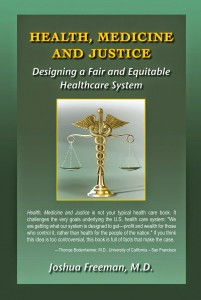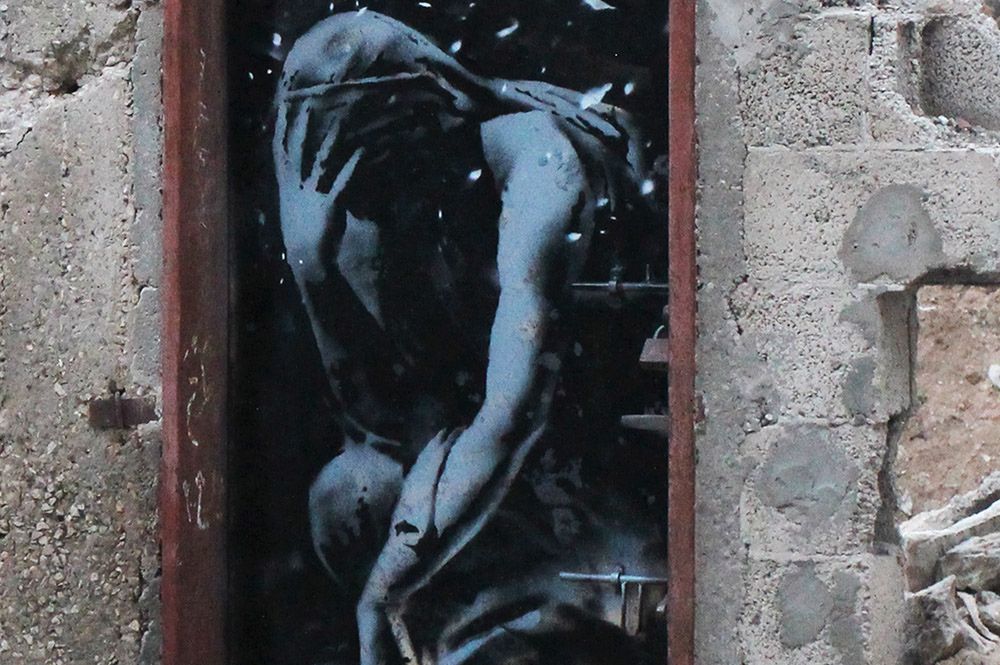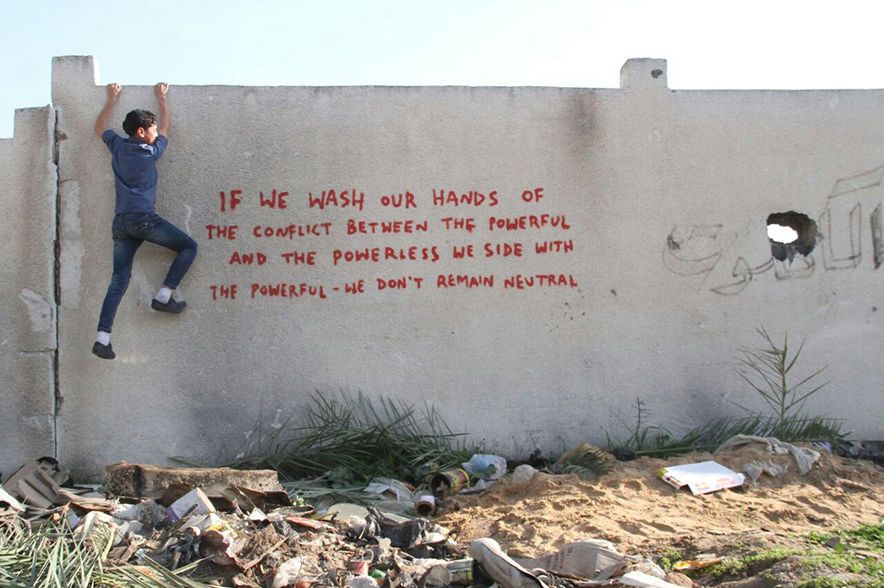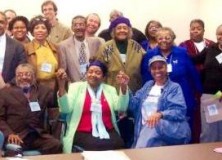America’s most typical adults would be three-times richer if the United States distributed wealth as equally as France does.
Posted on January 12, 2015
by Sam Pizzigati
http://inequality.org/putting-pricetag-inequality/#sthash.dqyGeCBH.dpuf
How much does inequality cost the average American family? What price do we pay, in actual dollars and cents, for tolerating an economy fixated on pumping our treasure to the top?
That question has no simple answer. Inequality, after all, imposes upon us a wide range of costs that don’t easily reduce to dollars and cents.
How much, for instance, should we value an added year of life? We know — from literally hundreds of research studies over the years — that people live longer, healthier lives in more equal nations.
France and the United States have about the same wealth per adult. But France’s more equal wealth distribution makes a huge difference for average families.
We also know that more equal societies have lower levels of mental illness and fewer teenage pregnancies, fewer homicides and higher levels of trust. How do we place dollar signs on quality-of-life indicators like these? That can get complicated.
On the other hand, dollar signs do come easy when we’re talking about income and wealth. So let’s limit our exploration into the price we pay for tolerating inequality to just these two yardsticks.
The Economic Policy Institute has gone through one exercise along this line. How much income would middle class Americans be making today, EPI researchers asked, if the United States had the same distribution of income today as our nation had back at the end of the 1970s?
The difference between now and then could hardly be starker. Since 1979, households in America’s top 1 percent have more than doubled their share of the nation’s income, from 8 to nearly 20 percent.
What if this increase in inequality had never happened? What if middle class American households were taking in the exact same share of the nation’s income they took in four decades ago?
Economic Policy Institute researchers focused their calculations on 2007, the last year before the Great Recession. In that year, the average middle class income in the United States — the average for the middle 60 percent of American households — amounted to $76,443.
But if middle class households in 2007 lived in an America as equal as the America of 1979, that average income would have been $94,310. In other words, inequality is costing the average American middle class family about $18,000 a year.
That’s comparing, remember, America today with America yesterday. But the global economy, some might argue, has changed fundamentally over the past four decades. We live in a different world. Simple comparisons of then vs. now no longer tell us much.
The United States ranks as the world’s most unequal major developed nation.
For argument’s sake, let’s accept this rather dubious claim — and make a different comparison. Let’s compare the wealth of ordinary Americans today with the wealth of ordinary people in more equal nations.
France makes for a good comparison. France and the United States, the research institute of the Swiss bank Credit Suisse reported last fall, have about the same total wealth per adult.
If you divide the wealth of the United States by our adult population, you end up with $347,845 per adult. If you do the same computing with France’s wealth and population, you end up with $317,292 per adult. The average American would have, in sum, slightly more wealth than the average person in France if both nations divvied up their wealth on a totally equal basis.
But total equality, of course, reigns in neither France nor the United States. The United States ranks as the most unequal major developed nation in the world. France ranks as more equal than nations like the United States and Britain, but less equal than nations like Japan and Sweden.
In France today, “median” adults — those with more wealth than the poorest half of France’s adult population but less wealth than the richest half — have $140,638 in net worth to their name.
In the United States, by contrast, median adult wealth stands at a mere $53,352.
The bottom line? If the United States had as equal a distribution of wealth as France, typical American adults today would have almost triple their current net worth.
So how much does inequality matter to America’s middle class? More than we realize. Much more.
Sam Pizzigati edits Too Much, the Institute for Policy Studies monthly on excess and inequality. His latest book: The Rich Don’t Always Win: The Forgotten Triumph over Plutocracy that Created the American Middle Class, 1900-1970.
 Health, Medicine and Justice
Health, Medicine and Justice




